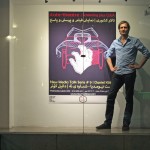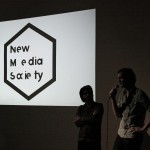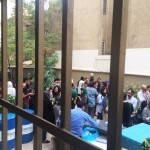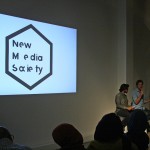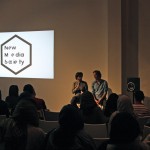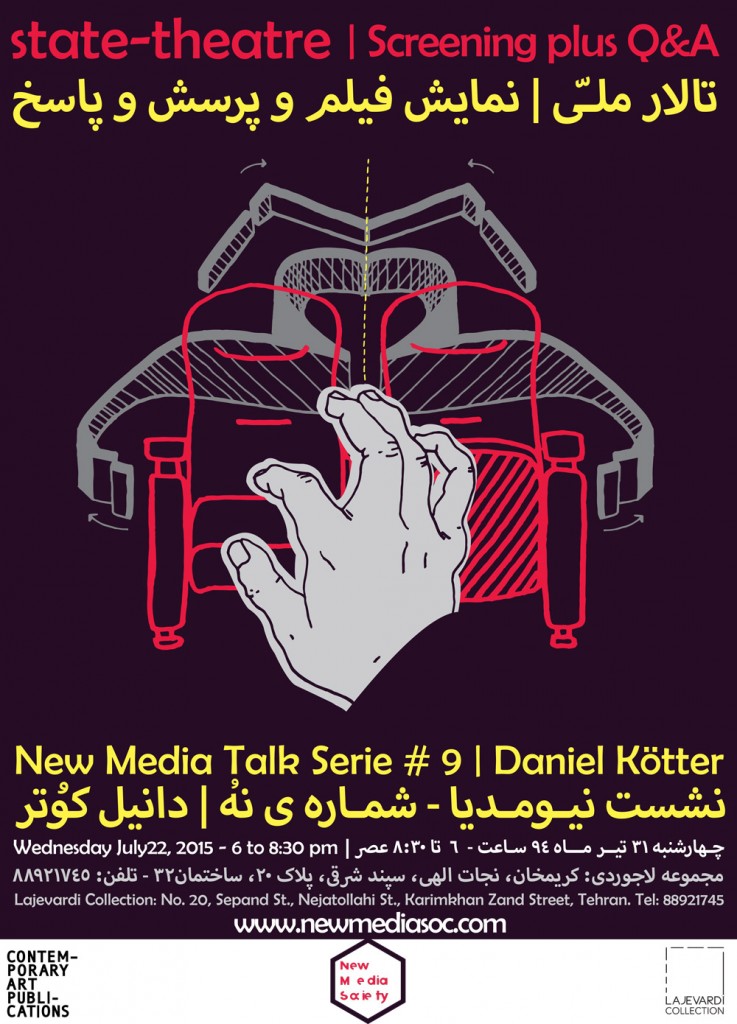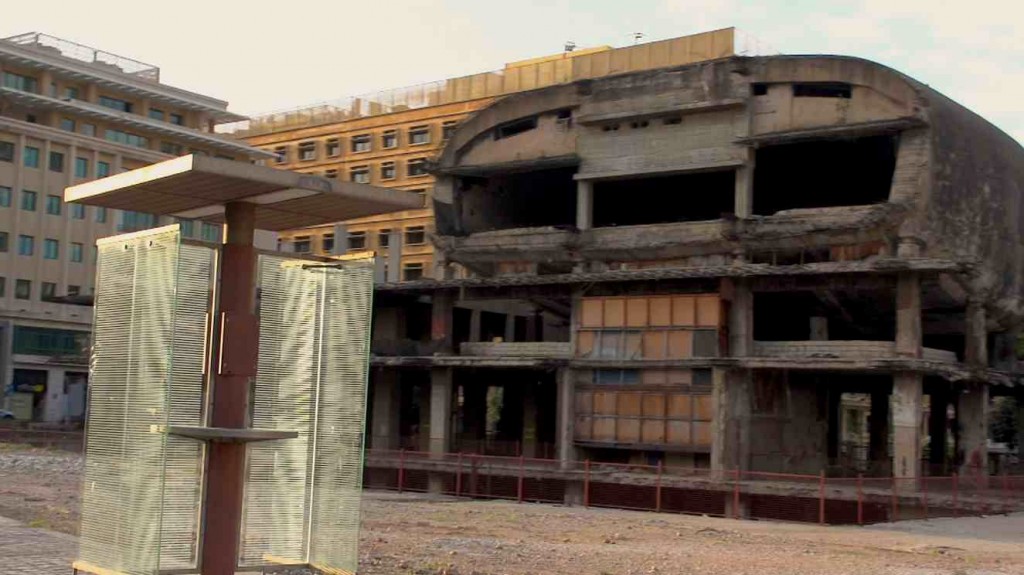
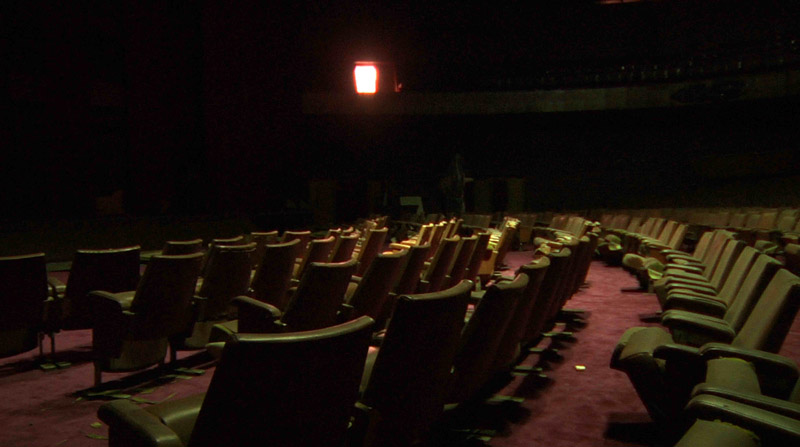
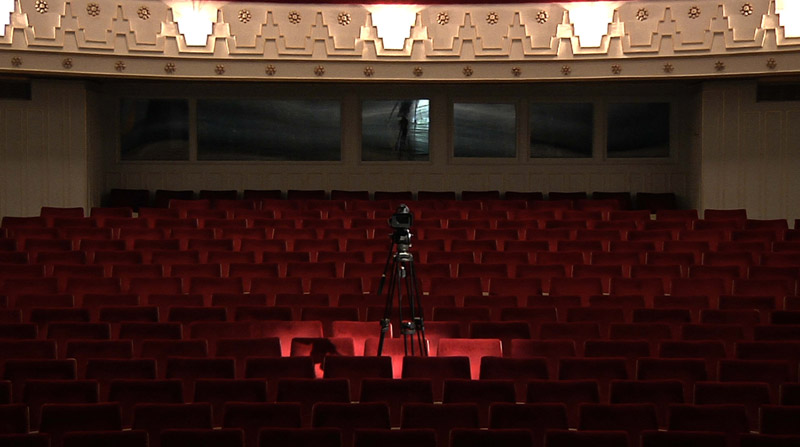
New Media Society in collaboration with Lajevardi Collection presents:
New Media Talk Serie #9 | Daniel Kötter
Q&A Daniel Kötter in conversation with Amirali Ghasemi
Daniel Kötter is a director and video artist whose work oscillates deliberately between different media and institutional contexts, combining techniques of structuralist film with documentary elements and experimental music theater. It was shown in numerous galleries, video festivals, concert halls and theatres all over the world.
Between 2008 and 2011, he developed the video-performance trilogy Arbeit und Freizeit.
His music theatre performances in collaboration with composer Hannes Seidl are shown at numerous international festivals.
Kötter’s series of installations, films, and discursive work on urban and socio-political conditions of performativity has been under development since mid-2009 under the title state-theatre: Lagos/Teheran/Berlin/Detroit/Beirut/Mönchengladbach (with Constanze Fischbeck).
His film and text work KATALOG was shot in twelve countries around the mediterranean sea portraying sites and practices related to the definition of the public sphere. It was presented at the Venice Biennal for Architecture.
state-theatre is a series of six experimental documentaries that explore urban conditions for performance based on six case studies in Lagos, Tehran, Berlin, Detroit, Beirut and Mönchengladbach.
state-theatre departs from places that have shed their apparent societal functions: deserted areas, construction sites, unused or reinterpreted buildings – empty spaces in the urban fabric, places that were originally meant as allegoric gathering places: theaters.
